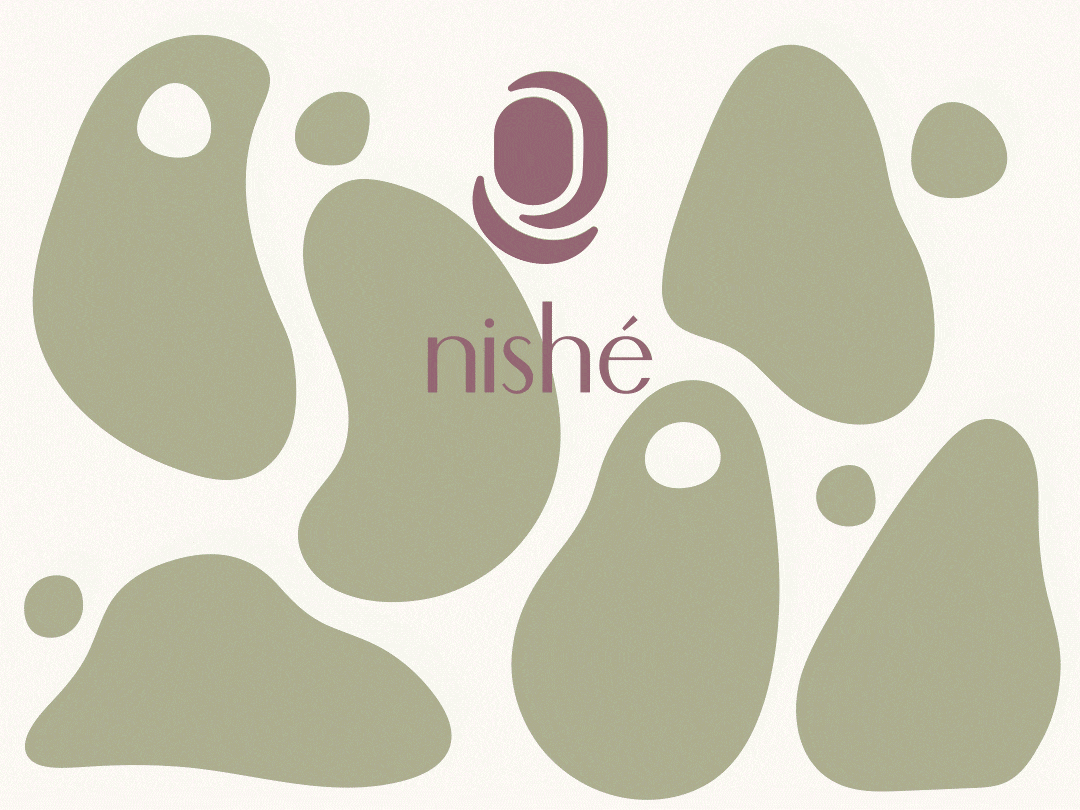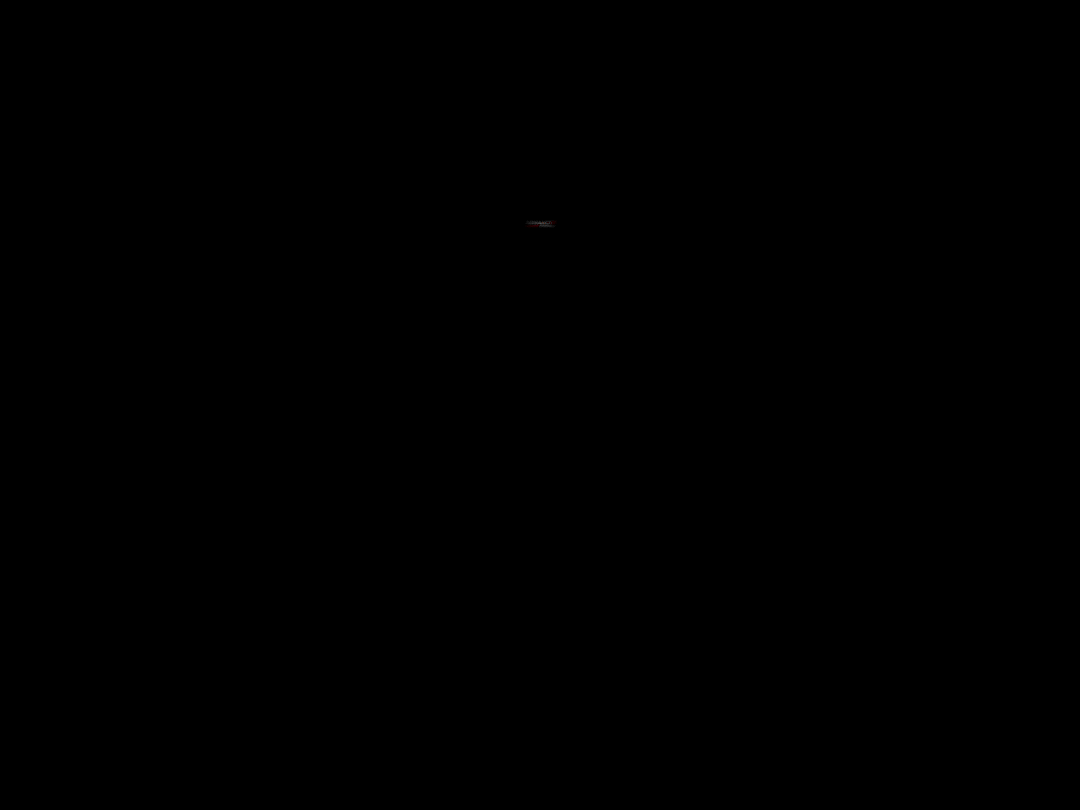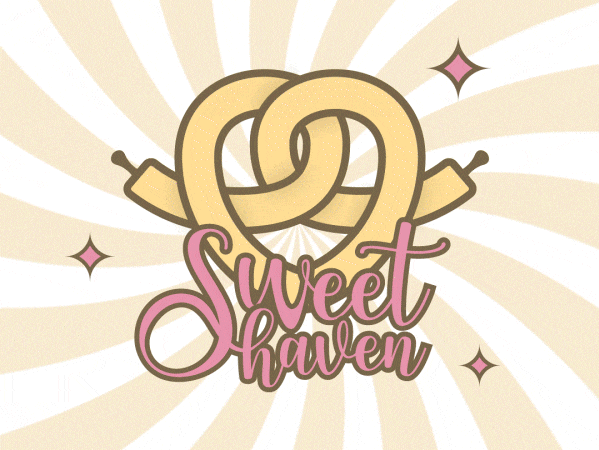Project brief
Client: Bombay Musk
Deliverables
1. Packaging design
1.1 Printing Dielines
1.2 Outer box packaging
1.3 Bottle label design
1.1 Printing Dielines
1.2 Outer box packaging
1.3 Bottle label design
2. Photorealistic 3D Renders
I was approached by the founders of Bombay Musk to create packaging design and 3D renders for their product.
About the brand:
Bombay Musk is a distinguished car accessory manufacturer specializing in luxury car perfumes. Renowned for its dedication to sophistication and innovation, the brand creates premium fragrances that transform the in-car experience into a journey of elegance and indulgence.
Project Scope:
Right from the start, the project's scope was fairly limited. While there were no established brand guidelines to follow, the client provided the logo, packaging dimensions, and several visual references to clearly convey their vision for the packaging design.
Right from the start, the project's scope was fairly limited. While there were no established brand guidelines to follow, the client provided the logo, packaging dimensions, and several visual references to clearly convey their vision for the packaging design.
Additionally, I asked the client to sum up their vision in 3 words and I was provided with the following:
1. Luxury
2. Minimal
3. Subtle
1. Luxury
2. Minimal
3. Subtle
Below are a couple of designs created by the client themselves. While the client clearly had a vision, they struggled to fully bring it to life and sought my assistance to craft something that aligns perfectly with their ideas.
Here are my key observations about these designs:
1. The design feels overly literal, lacking subtlety or sophistication.
2. There is a lack of depth, making the overall look feel bland, with illustrations that appear too flat and unengaging.
3. The variant name looks like a sticker placed on top, which detracts from the premium feel the client is aiming for.
4. The ticker just above the bottom section may be visible on-screen, but at actual print size, it will likely be too small to read clearly.
2. There is a lack of depth, making the overall look feel bland, with illustrations that appear too flat and unengaging.
3. The variant name looks like a sticker placed on top, which detracts from the premium feel the client is aiming for.
4. The ticker just above the bottom section may be visible on-screen, but at actual print size, it will likely be too small to read clearly.
Creating Dielines
All my packaging design projects begin with creating dielines and determining the printing method to be used for manufacturing the packaging. For this particular project, the design featured a rectangular top-lid box with a foam cutout inside to securely hold the spray bottle in place.
With several years of experience in packaging design and print media, I have honed the ability to create packaging for basic geometrical products without needing a physical sample of the product itself.
One important lesson I’ve learned from years of experience is to always have a sample made before finalizing the dielines. Following this practice, I requested the client to get a sample produced by their printer to ensure that all dimensions, fit, and finish were perfect before moving forward.
This step is crucial because even slight inaccuracies in the dielines can lead to costly mistakes for the client. Many manufacturers create custom tooling for packaging production, and correcting errors often requires remaking the tooling from scratch, which can significantly increase costs and delay the project.
Creating the Packaging
While waiting for the approval of dielines, I had moved ahead to create design concepts for packaging. At this point I was quite confident that I understand what my client needs. Below are the 3 concepts that I had came up with for my client.
3D renders for visualization
Concepts 1 & 2: These are my original designs, where I aimed for a subtle and clean aesthetic. The background features a black base with accent colors that blend seamlessly into it, creating an elegant visual balance. To enhance the overall design, I incorporated a grain texture into the background, adding depth and sophistication.
Concept 3: For this design, I built upon the client’s original concept, refining it to be cleaner and more minimalistic. I introduced subtle pinstripes in the background to add a sense of depth while maintaining a sleek and understated look.
After consulting with the client, Concept 3 was rejected. Choosing between Concept 1 and Concept 2 proved to be a challenge, as both aligned well with the overall brand vision. Ultimately, Concept 2 was chosen for its flexibility and ease of adaptation to other variants by simply changing the colours.
The main issue with Concept 1 was that the perfume names were often based on intangible concepts, making it difficult to represent them through literal imagery. Concept 2 offered a more abstract approach, allowing us to rely on colours instead of images, providing a convenient and versatile solution.
Creating 3D Renders
Working on 3D models is something I’ve grown to thoroughly enjoy. So, when the client mentioned that their product photographs weren’t turning out as well as they had hoped, I immediately suggested they consider using 3D mockups instead of actual product photos.
To demonstrate the potential, I created a few sample mockups, which quickly convinced them that this was the better approach. The results spoke for themselves, making the decision an easy one.
To begin creating the 3D models, I requested the client to provide actual product images and precise dimensions. This step was crucial to ensure the models were as accurate and true to the real product as possible.
Once I received the product images, I started by creating a flat drawing of the bottle in Illustrator. Using this as a guide, I traced the design in Blender to build a 3D mesh. After refining the model to perfect its shape and proportions, I applied appropriate materials to each part of the container to enhance its photorealism.
Both the client and I were thoroughly pleased with the outcome, as the 3D models exceeded expectations and provided a realistic and visually striking representation of the product.
After completing the modeling, it was time to create a few scenes using the 3D models.
The primary goal was to produce high-quality images for my client’s online store, social media pages, and third-party shopping platforms like Amazon. However, a challenge arose as different platforms have varying requirements for background colors in product images.
To address this efficiently and cost-effectively, I suggested rendering the images with a transparent background. This approach allowed the same images to be adapted for multiple platforms by simply adding the appropriate background as needed, saving both time and resources.
With this, we came to the end of this project, delivering versatile and polished visuals that aligned perfectly with the client’s needs.
This project was an exciting journey from concept to execution, combining creativity, precision, and problem-solving at every step. From designing packaging that aligned with the client’s vision to crafting photorealistic 3D models and versatile product scenes, every detail was carefully considered to ensure the best possible outcome.
The final results not only met the client’s expectations but also provided them with adaptable assets that could be used across various platforms, enhancing their brand's presence. It was a fulfilling experience, and the client’s satisfaction made all the effort worthwhile. Projects like these reaffirm my passion for design and innovation, leaving me eager for the next challenge.



